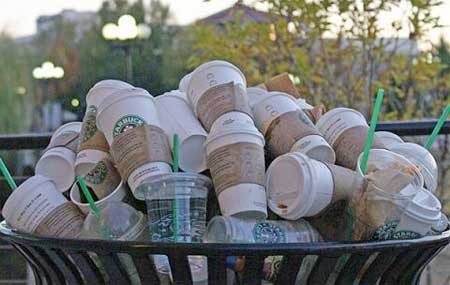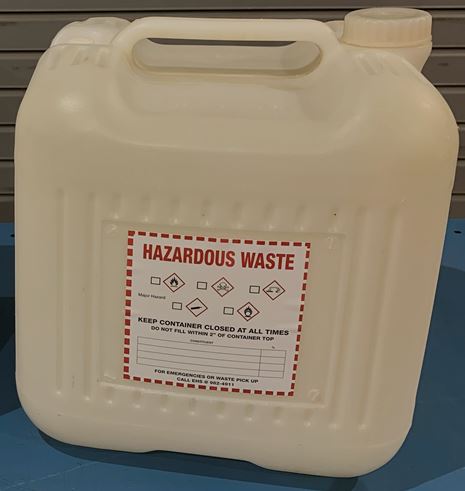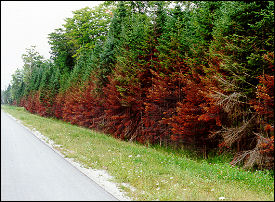There is no doubt that college students and adults love coffee, especially from specialty coffee places such as Starbucks or Dunkin’. However, these places only offer single-use to-go cups, regardless of whether you are enjoying your beverage there or to go. Several more local or small coffee shops have mugs that they serve for those enjoying their beverages in the store, however, they still offer single-use options when people are bringing their purchases to go.

According to a CNN Business report by Danielle Wiener-Bronner, “Starbucks used 3.85 billion paper cups for hot beverages in 2017 alone.” This remarkable number does not even include the plastic cups that Starbucks uses to serve their cold beverages. With this issue and the fact that the Starbucks cups are generally non-recyclable, there is a significant environmental issue with how coffee is served.
Even on campus, coffee places like Edge in Pollock and East, along with the subsets of Starbucks in South and West serve their coffee in to-go cups. These cups often end up in trash cans, or even worse, in the incorrect recycling bin or compost, which acts as a pollutant.

As college students, most people have their own to-go coffee mugs, whether it be a Thermos or other insulating flask. Many clubs and organizations even give these out for free in the HUB or during the involvement fair. I see the potential in developing a program that encourages the use of these reusable flasks, even when students are purchasing their coffee from a coffee shop. Students should be able to bring their coffee container, give it to the worker after ordering, and receive their order in their flask. Functioning similarly to the Target plastic bag program, where students receive 5 cents per bag that they do not use.
As I ask my friends about this type of program, they claim that it already exists at the coffee shops on campus, as they have seen others use it. However, we all agreed that they need to be better advertised throughout campus and promoted more often. These types of programs can also benefit when expanded to shops downtown, where students frequently go. These efforts are not only sustainable, but also economically sound as shops will hopefully spend less on single-use cups. Similar to the objectives of green to go, hopefully, one day, a reusable coffee program can successfully be integrated into Penn State and the State College area.





